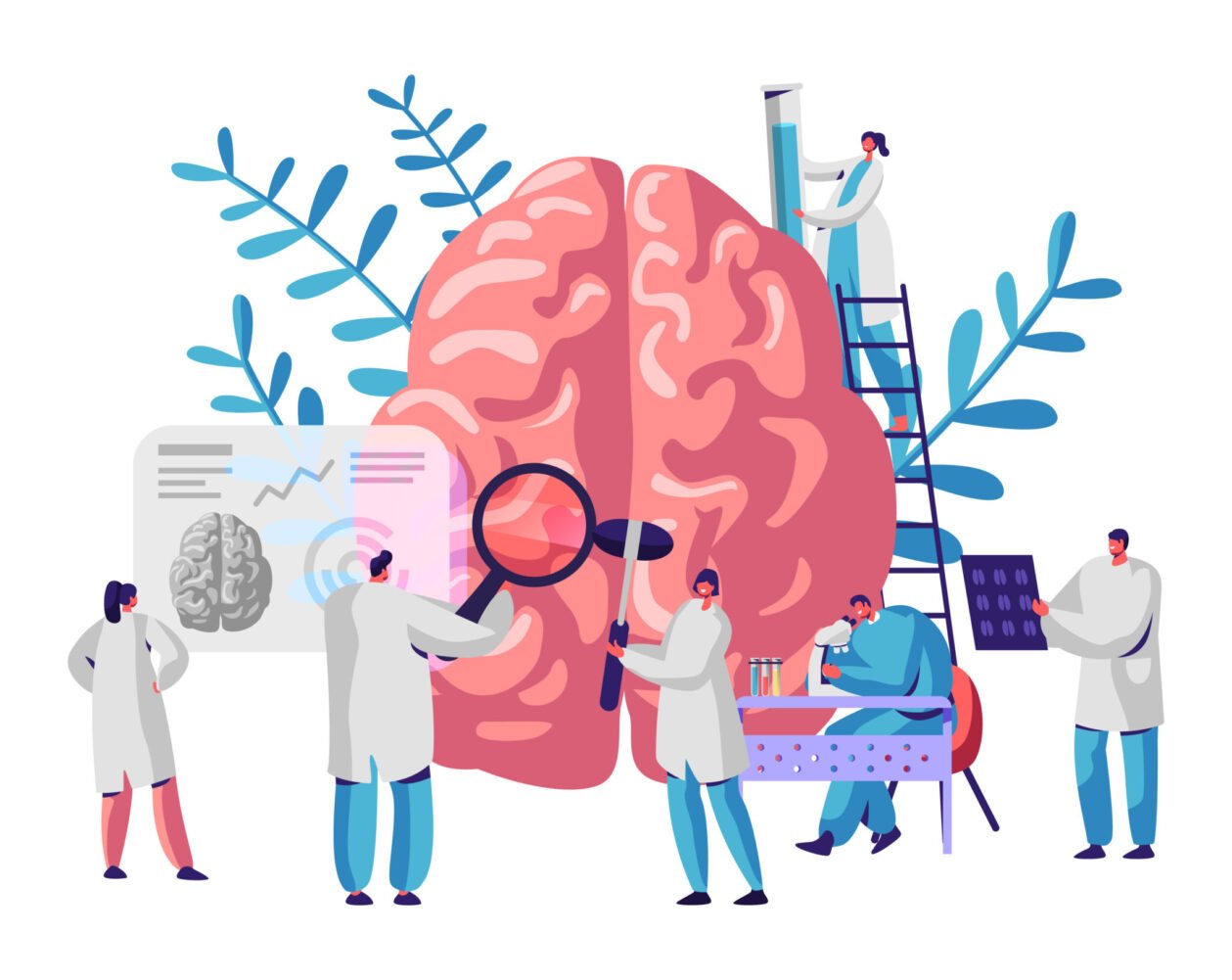Will Rogers once famously said, “Common sense ain’t common.” Nobel Laureate psychologist Dr. Daniel Kahneman has proven that humans are not the rational beings we believe ourselves to be. But why?
We live in a remarkably stressful age where we are overwhelmed with information. The news cycle was once only several hours, now it’s a full day. We are bombarded with “news,” which in many instances is neither interesting nor relevant, only different. And let us not forget the incessant bombardment with all types of “raw data,” much of which is incomplete. Human consciousness, and the brain that supports it, simply cannot withstand such overwhelming stimulation. It might come as a surprise to you, but the primary function of most of your brain’s physiology is to dampen and regulate arousal. Stress-related physical disorders are best understood as disorders of arousal. Overarousal cannot only cripple our bodies, but it can also cripple our minds. Findings from neuroscience have taught us that overarousal can play an important role in contributing to many of the poor decisions we make. If we can better understand how this happens, perhaps we can better prevent many actions we would later come to regret.
The Brain Creates Error-Prone Simplifications
In order to manage all of the data it must process in a day, the brain creates information-processing short-cuts, or simplifications. An information-processing simplification (sometimes called bias) is a processing filter that results from being confronted with an incomplete or overwhelming amount of information. Simplifications streamline or attempt to clarify large or incomplete data sets and allow us to reach decisions that would otherwise be daunting. They also conserve precious “mental energy.” As such, these simplifications are “default programs” for processing large amounts of data or for making decisions in stressful situations. These simplifications do indeed simplify decision making; most importantly, however, they often lead us to make mistakes. The worst part of this scenario is, in most cases, the more we are confronted with ambiguous or overwhelming amounts of information to process, the more we revert to these automatic error-prone decision-making simplifications. Thus, we learn to become better at making mistakes!

Why It’s Hard to Learn From Our Mistakes
So why is it we don’t simply make a mistake, learn from it and move on? The answer is our brains perceive ambiguity and overstimulation as “threats” that must be defended against. Defense mechanisms are designed to ensure our survival in stressful situations. As such, they override our otherwise natural tendencies for corrective learning from our mistakes. In fact, the more we use these simplifications, the stronger they become. For example, worry is a defense mechanism. The more we worry, the greater our subsequent inclination to worry. For decades I have been intrigued with the chemical and micro-anatomic bases of these self-defeating survival patterns and have written about their underlying mechanism long-term potentiation based upon something called neuroplasticity in the book A Clinical Guide to the Treatment of the Human Stress Response. Neuroplasticity refers to the inclination of the brain to change its shape and function based upon the repeated introduction of information (stimulation). With time and use, the brain develops preferential pathways for information processing, decision making and action. The more we do anything, we alter our brains to become better at it. This includes worry, irritability, impulsiveness and patterns of thought that contribute to poor decision making.
4 Dangerous Oversimplifications
It has been said that recognition is the first step toward solving a problem. So, what do these error-prone simplifications look like? Here are four common energy-saving simplifications.
- Binary Thinking: When confronted with ambiguous or an overwhelming amount of data, we tend to boil decisions down to simple “all or none,” “yes or no” decisions. Sadly, the world we live in is dimensional, not binary. Binary decision making increases volatility. It causes us to ignore the details that can be the difference between success and failure.
- Intuitive Thinking: Intuitive thinking is reflexive. It uses very little energy. It employs pattern recognition and makes decisions based upon previous experience exclusively. It inhibits innovation. It can be wrong 70 percent of the time.
- Confirmative Thinking: The brain does not like dissonance. As a result, it searches for information that confirms the biases we already hold and the decisions we’ve already made. It rejects anything that does not fit our predetermined narrative. This simplification makes compromise with others impossible. It hinders creativity. It foretells the demise of the organization or system within which it becomes the norm.
- Primary-Effect Thinking: This refers to our tendency to make decisions thinking only of the primary outcome desired. It prohibits us from considering Robert Merton’s Law of Unintended Consequences. Every decision exerts an unintended ripple effect, even the decision not to decide. History is replete with examples of problems made worse by the unintended consequences of their intended solutions.
I remember Lewis Carroll’s Alice’s Adventures in Wonderland, wherein Humpty Dumpty scornfully tells Alice that words are tools to be used as he sees fit. When Alice questions him on whether or not he can do such a thing, he simply replies “’The question is, which is to be master—that’s all.” The biology of our brains with its engrained energy-saving defense mechanisms is not the master, it’s merely a tool waiting to be harnessed. The question is which is to be master: the brain or its user?
Overwriting Is the Key
From the perspective of information processing, overwriting refers to the process of creating new information and functionally superimposing it on preexisting information. Overwriting may consist of two processes: 1) the creation of competing information pathways which with time and use subordinate the preexisting pathways, or 2) utilization of the same characters or infrastructure which serves to erase any trace of the preexisting pathways. This overwriting process is applicable to pathways in the brain as well. So powerful are these mechanisms, we believe they may even be capable of overriding some genetic programming.

Clearly, repetition appears to be the most powerful way of overwriting. This is the essence of learning. But recent research has shown there are three ways to actually improve acquisition of new information: over-learning, exercise and sleep. Think of these as ways of increasing the power of repetition.
The chemical basis of learning is complex, but we know the chemicals epinephrine and glutamate are involved. These chemicals serve to open the door for acquisition. But have you ever practiced something only to quickly forget it? Recent research suggests that once new information is acquired, it needs to be consolidated, “sealed in,” so to speak. The gamma aminobutyric acid (GABA) appears to help with consolidation. GABA is released subsequent to epinephrine and glutamate, but apparently most significantly in over-learning situations. There is a popular belief that it requires 10,000 repetitions to achieve this level of over-learning. This assertion has been challenged. Certainly, the level of effort associated with over-learning will vary across tasks.
Research tells us that physical exercise prior to trying to learn new material increases acquisition and retention. Thirty minutes of physical exercise seems to be adequate to “prime” the brain for learning. Exercise increases the release of brain-derived neurotrophic factor (BDNF), which is a chemical that appears to increase neuroplasticity.
Lastly, sleep actually affects learning. Prior to the onset of deep sleep, there is a state known as the hypnagogic state. The brain appears to be more receptive to the consolidation of new information in this state. So, if you want to learn something, study or psychologically rehearse the new material as you fall asleep. Interestingly, BDNF is released most in deep sleep, so the actual point of consolidation remains unclear. It may be that falling asleep with new information simply gives it higher priority for later consolidation.
George S. Everly, Jr., PhD, FAPA, has studied stress and human resilience for over 40 years in over 30 countries. He has received numerous national and international awards for his research and practice. Dr. Everly currently serves on the faculties of the Johns Hopkins Bloomberg School of Public Health and the Johns Hopkins School of Medicine. He is the author of 20 books.






